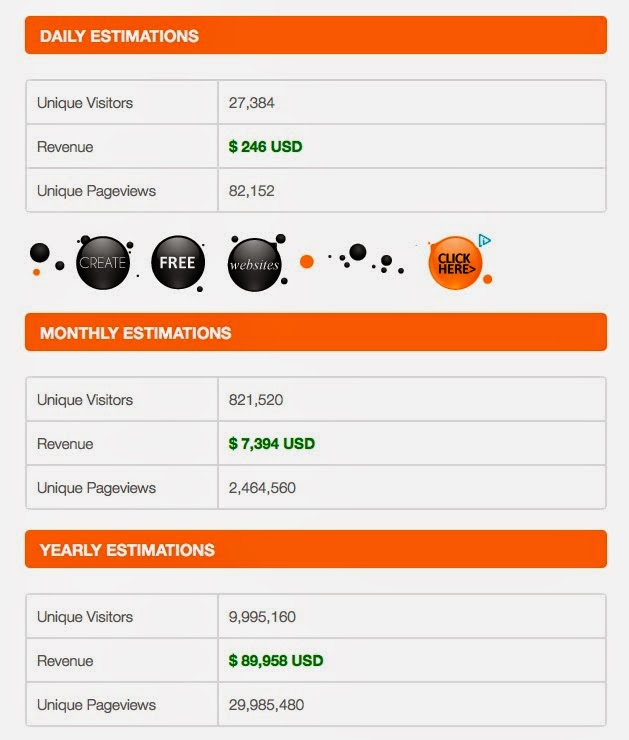A tale of 2 parties
Democracy is a political structure that is desirable, most of the time at least. Then again, democracy is such an animal that it can manifest in many ways – the most common of which are the multi-party democracy that with maturity consolidates in a two-party system.
When thinking about the archetypal two-party system, the country that comes to mind is the US, where the country is almost polarized into a world of Democrats and Republicans. The parity is so similar that policy differential is actually very moderate between the two parties.
What is more severe though is how the bipartisan politics has hampered the growth and development of the country. The US economy has been in the doldrums since 2008. Unemployment is a sordid 7.8% and economic growth is so low that prices have not risen since last year, based on their Consumer Price Index. This is followed by low consumer confidence, the continuing decline in home values and increase in foreclosures and personal bankruptcies.
All of these have been worsened by an escalating federal debt crisis, which has blunted the government’s fiscal tools to pull the country out of a recession. Conventional economic ideology prescribes that a government can adopt an expansionary fiscal policy, made up of cutting taxes and increasing government spending, to pull out of a recession. But how does a government mired in debt, loosen its purse strings and forego much needed revenue that will come out of taxes? In other words, to help the economy and the American people get out of this mess, and once again taste economic security, the government will have to first sort out its debt problem.
So what is stopping it? The answer can be summarized in two words – bipartisan politics. President Obama’s administration tried to embark on cutting fiscal debt through, among other things, a tax on the wealthier and cutting spending on high expenditure areas such as defence. But the main obstacle in getting some of these legislation and bills passed were Democrats’ political foes, the Republicans who thwarted all attempts to get these measures out of the way in the interest of partisanship. Of course, on the surface they argued that they disagreed with some of these measures in principle, but the reality is if they played on the same side of their political opponents, even if in the larger interest of the country and its people, it wouldn’t be politically tactical. Sadly, that is the ugly head of a two-party system rearing itself, probably at its worst.
Moreover, a two-party system really creates a system where political choice becomes obsolete and where the party not in power simply has to continue to undermine the ruling party’s efforts and plans, whatever they may be, and take pot shots. The strategy is clear and simple – prove them wrong and create the impetus for change within the constituents. Guess who benefits when the constituents look for change? No prizes, for getting that right.
This is best highlighted in the current political scene in Singapore. The WP has sent 6 members into parliament purely on the back of this strategy. “The government’s policies are flawed, and you need change. We are that change, so vote us in,” is their famous election cry without much substance involved otherwise.
What is even more bizarre is how the WP is building a campaign through a complete abuse of the democratic system – perverse democracy – by simply saying, “If you like their (PAP) policy, then it has happened because of us. They need to be kept on their toes so vote us in,” without any regard for actually what they can offer or have done.
But expect the WP to continue this strategy for a while to come, simply because they can. Make no mistake that the WP is aiming to build a two-party system in Singapore, first by eliminating and discrediting all the other opposition parties, and then by eroding the PAP’ s two-thirds majority in parliament to form a coalition government.
That explains why the WP rejects any moves to form a partnership with the other opposition parties, no matter how many proposals come their way. They are trying hard to eliminate their competition and establish themselves as the only alternative voice to the PAP.
That also explains why the WP is fashioning itself less and less like an opposition party. So that when the time comes to form a coalition government, they would appear as the likely choice as a partner to the PAP.
That is the sort of viscous cycle we should not get ourselves into. A two-party system will not provide the stand-alone opposition with any incentive to work hard and offer a good credible choice to the voters as they will simply need to prove the other wrong to gain mileage.
For the sake of Singapore, I hope voters here will always ensure that a multi-party system exists so that if the WP or any other party falters and fails to deliver, then there are others who can step up to the challenge. Should Singapore plunge into a difficult and turbulent period, like the US is now, we hope that unlike the Americans, we have a clear and decisive government to pull us out of it and that it is not hindered in its role by the ‘other’ party.

Comments
Post a Comment